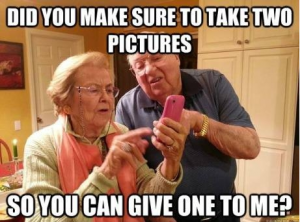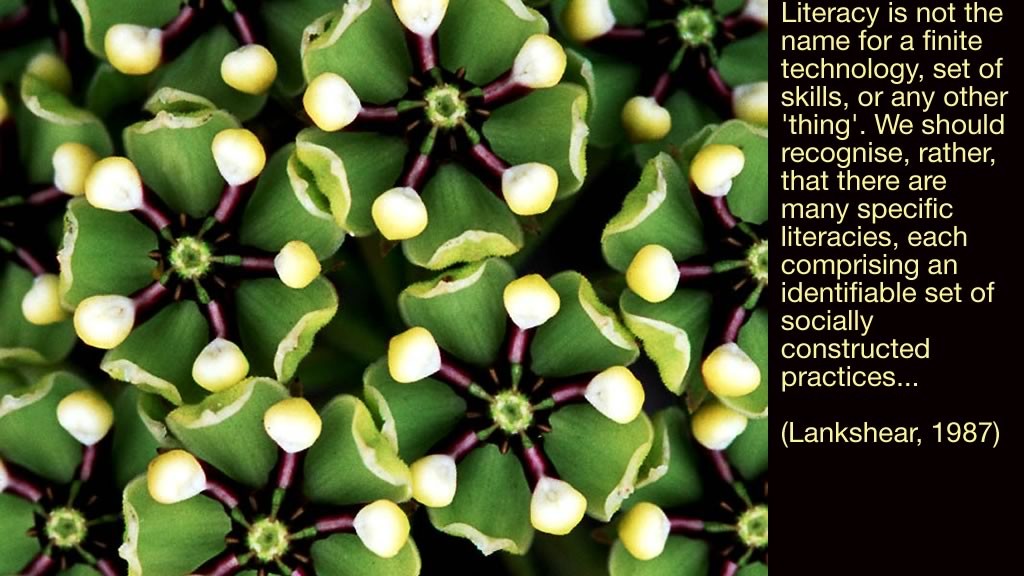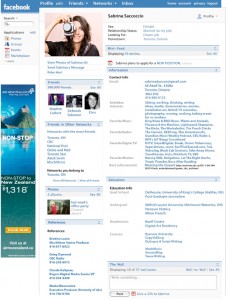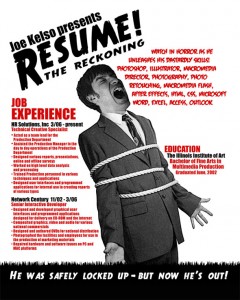One of the great opportunities afforded to college students is the access to non-Romance foreign languages. This semester I am taking Hebrew 1001, and since it is not a Romance language, the words, the letters, and their sounds are completely foreign to me. So how do I, an adult with a working knowledge of one language, change my entire writing and grammar system so that I can succeed in this new environment? I play games. In class, we sing songs and take turns asking each other questions in broken Hebrew that a Jewish third grader could word better. At home, I play a game practicing the letters and sounds so that they become familiar to me. I am essentially trying to force myself to learn a language the why a child would: through repetition, through trial and error, and though social exchange. My professor encourages us to try our best, even if we may be wrong, then we correct ourselves so that we can understand what to do correctly the next time.
So what does my playing little kid games to learn Hebrew have to do with technical communication and the abilities of those in a workplace to efficiently use data and information? Just as it would have been easier for me to learn Hebrew as a kid, we, as technical communicators, need to teach school children how to increase their literacy at a young age so that they learn to think critically in a structured but lenient environment.
An Efficient Work Place Starts in Grade School
To begin helping the current work force to improve their literacy, the exact needs of the employees need to be understood and addressed. For example, if employees don’t understand how to use a company website or how to read a chart, this specific issue needs to be known by interviewing the employees and then teaching them how to accomplish these task. However, the easiest way make sure that employees, whether they work at a desk or in a factory, have access to and the ability to interpret “information to ensure safety and productivity, to enable effective interaction, to increase job performance, and so on” is to begin instilling the abilities in the work force as children.
As we read in “Footprints in the Digital Age,” the question of whether you can be Googled well does not just rest on what images go on your Facebook, but how well you can use the internet and social media to network and encourage your audience to not just be passive viewers but respond and take actions themselves. Richardson wrote how we, the adults, are “failing to empower kids” thereby forcing them to learn this new form of literacy on their own. He wrote that we need to help children understand how to properly create and manage content, the extension of this, of course, being that children begin to understand how to interpret and manage content created by someone else. The skill that is ultimately being learned here is how to think critically.
Thinking Critically-Children
In research done by Dr. Lewis, a Professor at Longwood University and a former teacher, she determined that students who had taken the 2007 and 2008 math SOLs had done poorly because they lacked critical thinking skills. The students knew how to do the math procedurally but misunderstood broader concepts:
“The best example of this is a problem about two shops selling T-shirts at different prices—the difference was 50 cents—the problem asks the student to determine the difference in total price if you buy four shirts. Twenty-five percent of sixth grade students chose 50 cents, instead of two dollars.”
Here, the students knew how to find the difference in the price between two shirts, but did not think about what the original question was actually asking. Teaching students to think critically forces them to become active participants in their own education and shows them how to become problem solvers creating a generation of employees with higher literacy; because even if they do not know the answer they can begin to look for it.
Thinking Critically-Adults
It is important to note that this study came from a professor who no longer teaches students who take the SOLs. This means a third party examined these results, not the schools system, not the teachers, not the parents, and not the students themselves. The “Troubling Stats on Adult Literacy” article blamed adults and higher education for the inability of adults to have high levels of literacy, but that is because no one has bothered to try to get to the very root of the problem. Teachers spend all year trying to teach the SOLs, but once the test are finished and the scores disseminated, the students do not get to go over the questions and answers. They do not get the chance to understand what they did wrong and learn from their mistakes. Because the teachers are forced to not teach critically thinking but to force students to memorize and regurgitate for standardized tests, students are not equipped with this necessary skills and what little they do learn on their own wanes over the years from lack of use. As Clements in “The Effective Use of Computers with Young Children” wrote, technology and drills (SOL based learning) should be used to introduce information to children, not used as a crutch. Once the basic information is known, children should be encouraged to learn, to discuss, and to create.
Sources Cited:
Clements, D. (1999). “The Effective Use of Computers with Young Children.” Retireved September 19, 2014 http://investigations.terc.edu/library/bookpapers/effective_use.cfm
Longwood University. (2014) “Research by Longwood professor aims to help teachers better understand SOL mathematics scores.” Retireved September 19, 2014 http://www.longwood.edu/2014releases_55775.htm
Richardson, W. 2008. “Footprints in the Digital Age.” Retrieved September 19, 2014 http://www.ascd.org/publications/educational-leadership/nov08/vol66/num03/Footprints-in-the-Digital -Age.
Rogers, Megan. (2013). Troubling stats on adult literacy. Inside Higher Ed.http://www.insidehighered.com/news/2013/10/08/us-adults-rank-below-average-global-survey-basic-education-skills#ixzz2pSf0jtfW









